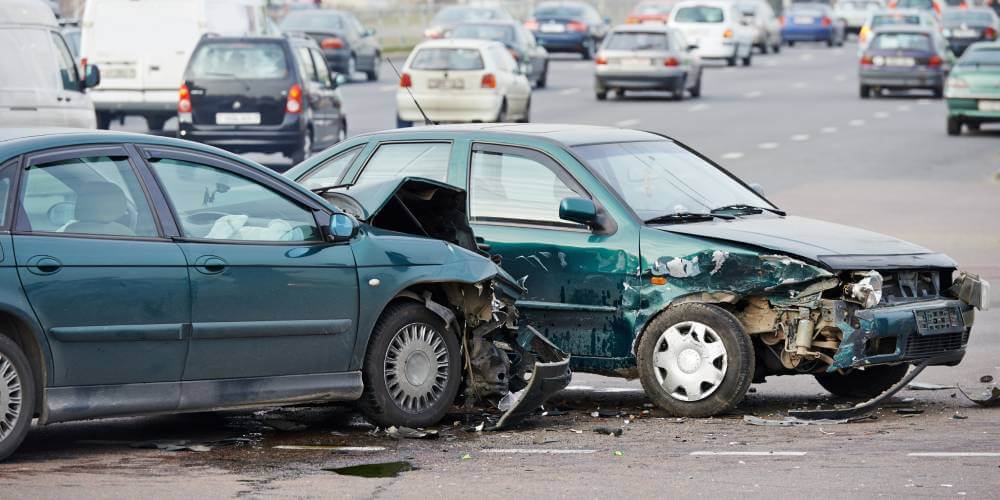Over the years, automakers have vastly improved how their vehicles respond in car crashes. The airbag is one of the most recognizable and visible safety advancements, but a number of engineering developments lie hidden under the car’s exterior sheath of steel. Spurred on in part by crash tests performed by the National Highway Traffic Safety Administration and the Insurance Institute for Highway Safety, manufacturers have gradually redesigned their cars to account for the effects of various impacts on vehicle occupants.
But what if manufacturers failed to account for a relatively common type of car accident? According to the Institute, approximately 25 percent of all front-impact crashes resulting in death or significant injury are so-called small overlap crashes, which occur when the extreme front corner of a car collides with another vehicle or an unyielding object, such as a light pole. The consequences of a small overlap crash can be devastating.
The front quarters of vehicles have comparatively fewer crash attenuation systems, and an impact can be more readily transferred to the passenger cabin. According to small overlap crash tests conducted by the Institute, a number of luxury vehicles did a poor job of protecting vehicle occupants. In the tests, the Institute sent 11 different models traveling at 40 miles per hour into a solid barrier that struck the cars in their relatively unprotected front quarters.
Only two of the models’ performance merited a rating of “good.” The results showed that people can suffer severe injuries to their legs and feet in small overlap crashes. According to the Institute’s president, automakers design their crash systems to meet and exceed the standards developed by testing agencies. There is currently no NHTSA test for small overlap crashes, however.
Source: Reuters, “Luxury cars fare poorly on new frontal crash test,” Deepa Seetharaman, Aug. 14, 2012.

